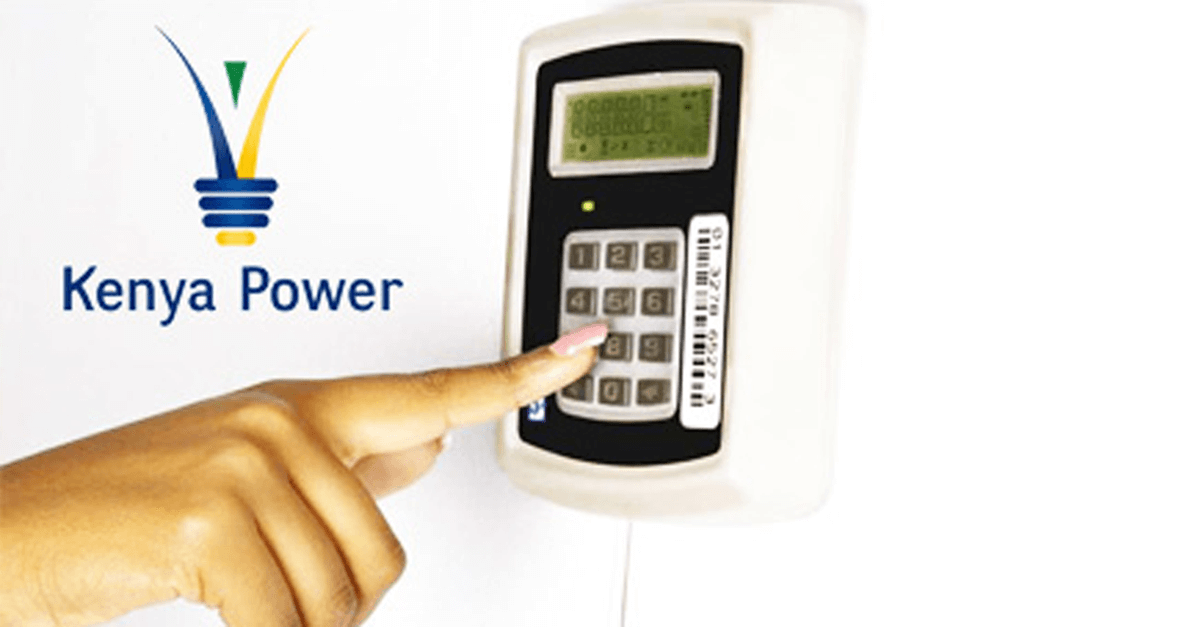By September this year, Kenya Power intends to have at least 2,400 new electricity meters installed—a move aimed at easing the pressure caused by faulty equipment and delayed connections.
Behind the scenes, a procurement race is already underway. Last week, the utility finalised a tender inviting manufacturers to supply various categories of low-voltage current transformer (LVCT) meters.
The selected supplier will be expected to deliver within four months from contract signing.
From the order book, LVCT 200/5A meters make up the largest share with 1,223 units.
This will be followed by 561 units of LVCT 300/5A, 358 units of LVCT 500/5A, and 125 kits carrying the heftier LVCT 11kV 400/1 specification.
Read More
The company set a clear standard for what it wants. In its tender documents, it stated, “The goods to be supplied under the contract are new, unused, of the most recent or current specification and incorporate all recent improvements in design and materials unless provided otherwise in the tender.”
What is driving the urgency? Kenya Power says its operations require 4,000 meters every month. With rising demand for new connections and a long list of faulty meters to replace, the distributor is moving to prevent further delays.
Not long ago, it made headlines for setting a record two-week deadline in another procurement—this time for 3,319 transformers.
That move was not accidental. It was a response to growing frustration from customers who had paid for electricity but continued waiting for months.
Part of the pressure stems from past challenges. Legal disputes over procurement had previously slowed the acquisition of essential hardware, dragging out wait times for thousands of would-be customers.
Meanwhile, the customer base continues to swell. Between July and December 2024, Kenya Power added 194,654 new accounts, bringing the total number to 9.85 million.
In that six-month stretch, electricity consumption rose by five per cent, jumping from 5,225 GWh in 2023 to 5,506 GWh in 2024.
Financially, the turnaround has been remarkable. The company’s net earnings grew more than thirtyfold, rising from Sh319 million to Sh9.97 billion in just one year.
The bidding window for the latest metering deal shut on 3 June. The final contract value remains under wraps for now, but the urgency suggests Kenya Power isn’t slowing down anytime soon.
With the backing of international financiers like the World Bank and a growing list of paid-up customers still off the grid, the company is under pressure to act fast—or risk lawsuits, further delays, and damaged public trust.



-1757586635.jpg)





